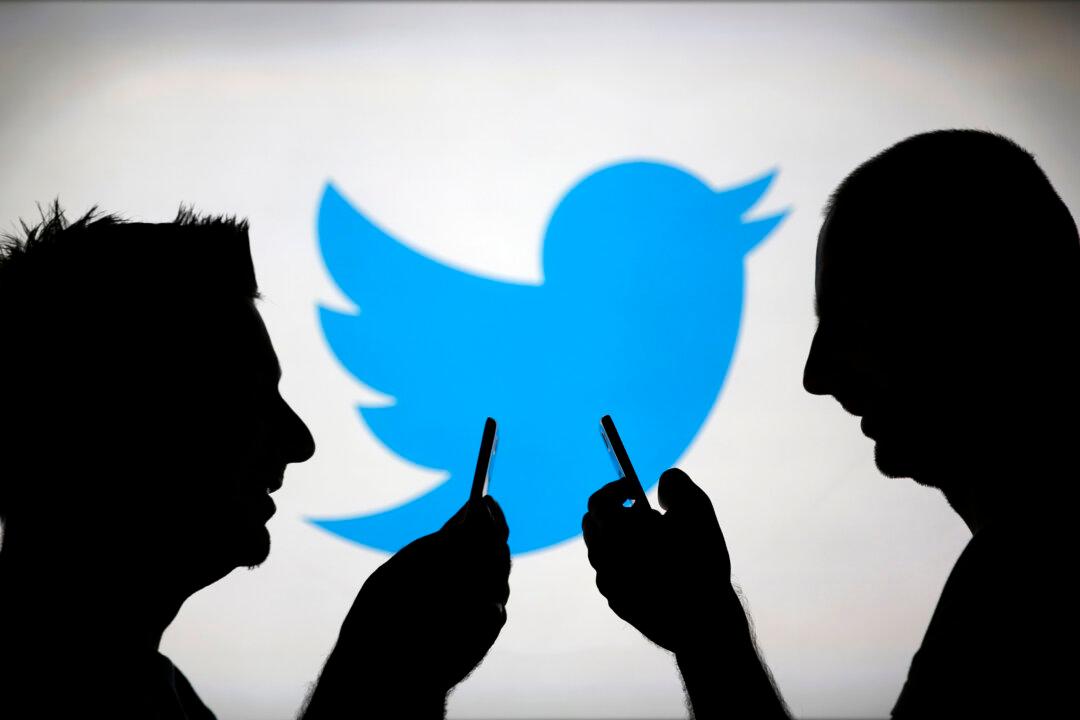A new report has revealed the Chinese regime is using Twitter to “shape, manage and control narratives” related to its handling of the CCP virus pandemic, the Hong Kong protests, Taiwan, and outspoken Chinese billionaire Guo Wengui.
The report, titled “Retweeting through the Great Firewall” by the Australia Strategic Policy Institute (ASPI) found the activity mainly focused on Chinese-speaking audiences outside of mainland China and continued a long-running strategy by the Chinese Communist Party (CCP) to leverage Western social media platforms for its benefit.





